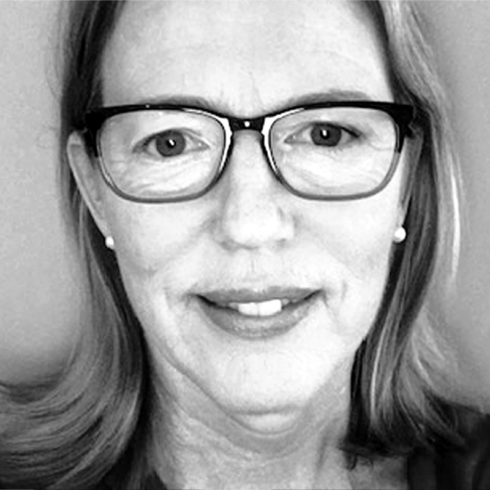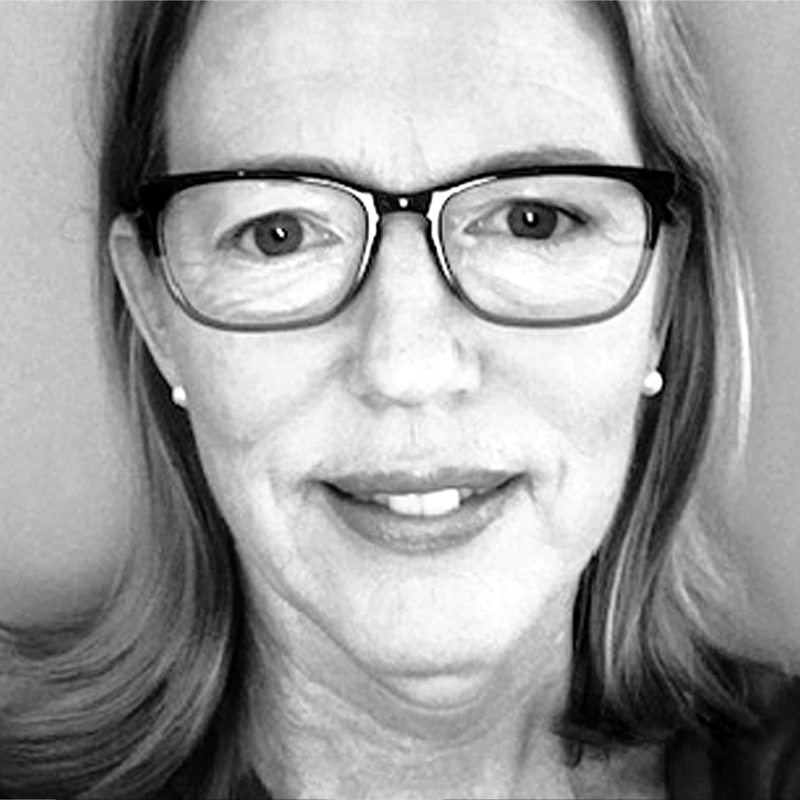

Key Takeaways
- With the rise of telehealth platforms, companies are now seeking closer relationships with patients.
- The move toward direct patient engagement can lead to more effective communication and potentially reduced costs for patients.
- Pharma is also utilizing AI and other technological advancements for personalized patient outreach.
- Focusing on direct relationships has shifted talent hiring toward consumer marketing experts. This new era of direct-to-patient engagement seeks to enhance health outcomes and simplify patients' lives.
Pharmaceutical companies typically have arms-length relationships with the people who use their prescription drug products. Physicians consult with patients and write prescriptions, pharmacists talk to patients and fill prescriptions, and even healthcare insurers discuss prescription coverage with patients. However, the traditional path to patients’ prescriptions includes few, if any, direct pharma-to-consumer communications.
That’s changing. Thanks in part to the first pharma telehealth platforms like Eli Lilly’s LillyDirect and Pfizer’s offering expected later this year, drug companies are seizing the moment to move closer than ever to consumers.
Leverage targeted, intelligent data to enhance personalization
While not every pharma company is jumping into telehealth—although behind the scenes, many more are discussing it—they are taking other steps. That includes things like using more targeted, intelligent data for personal patient communications, putting a renewed emphasis on direct patient recruitment for clinical trials, and hiring consumer marketing teams to achieve the same goals of bypassing traditional healthcare intermediaries and building direct relationships.
Why does it matter? For pharma companies, more direct ties to patients mean more effective communications. Direct engagement removes intermediary physicians or pharmacists who may add their own perspective or bias.
More importantly, the potential gain for patients is even greater. Not only does telehealth and more direct relationships offer better access to information and treatments, but it also means potentially reduced costs for people. Direct telehealth can eliminate, or decrease, in-person healthcare practice visits, for example, while still offering patients appointments with knowledgeable online physicians.
Additional savings via telehealth pharmacies, like LillyDirect’s partnership with Amazon Pharmacy, are possible by removing the time and expense involved in pharmacy visits. Many people have had the disruptive experience of trying to pick up a prescription only to have to deal with unexpected insurance issues or pharmacy supply problems in store.
Prescription drug savings
Prescription drugs’ price tag may also be lower. When Lilly launched LillyDirect in January, Chairman and CEO Dave Ricks said the pharma planned to ensure the use of coupons to get the price of Zepbound down to about $550 per month for people whose insurers won’t cover it, and less than half of commercial insurers cover obesity drugs. That’s a big savings compared to the wholesale price of $1,060. Prescriptions also ship free through LillyDirect.
Ricks explained that Lilly’s goal in creating the “end-to-end digital healthcare experience” is to lessen patients’ burden in the complex U.S. healthcare system “by simplifying the patient experience,” according to a Lilly press release.
Pfizer’s plan for a direct telehealth platform leaked a few months later in media reports and while details are still emerging, the strategy is similar to Lilly, partnering with telehealth companies and digital pharmacies to prescribe and deliver products.
When asked about any telehealth plans during its first quarter investment call, U.S. commercial chief Aamir Malik hinted at the plan—and the importance of direct consumer connections.
“Engaging and activating consumers is … a very, very important part of our business,” he said. “And we’re always looking at ways to enhance that connection. … To the extent that we can do more of that, create value for patients, as well as for our business in other categories, we’ll certainly look to explore that,” he said, according to the Pfizer transcript.
Along with the emerging telehealth initiatives are broader pharma company efforts to close the gap with patients. And that often means data. Specifically, more targeted, intelligent data use, including AI, to create personalized patient outreach. It’s not a brand-new trend, but with expanding emphasis on AI use from research and development to clinical trials and marketing and creative communications, pharma is purposefully growing its digital marketing sophistication. Deeper insights, predictive behavior modeling and strategic optimization, and customization are helping companies reach patients directly and more efficiently and effectively.
Patient centric marketing
The shift to direct relationships with consumers is driving another trend—revamping the talent pool inside pharma marketing departments. Spurred by the need to adopt a consumer-first strategy, along with the increasing need for digital, social media and digital consumer experiences, pharma companies are increasingly looking to hire more people from the consumer marketing world.
This is anecdotal, but I’ve spoken with several pharma executives who are actively and purposefully looking for talent outside the industry to evolve commercial and go-to-market strategies and find the new skill sets and experiences that will result in better direct consumer relationships.
The consumer marketing talent shift extends to pharma executives as well. Pfizer, for example, hired its first-ever chief marketing officer less than two years ago, Drew Panayiotou from Google’s Verily, who also held consumer marketing roles at Coca-Cola, Disney, Chick-Fil-A, and Best Buy.
“I’m a consumer marketer at heart and I feel like that consumer orientation can unlock so much potential to get people the right medicine at the right time and the right way,” he said during a Fast Company podcast last year, adding, “If we are going to unlock new solutions and approach getting medicines to people in new and novel ways, we have to be creative. We have to bring technology and humans together in innovative ways. And so I think we have to bring in talents and people in other industries.”
The move by pharma to get closer to patients is about more than just delivering on the long-used promise of “patient-centered marketing,” it’s a new era of direct-to-patient engagement for pharmaceutical companies.
Developing direct-to-consumer relationships
In today’s always-on, digital-first world, people are looking for those kinds of direct relationships. A recent Salesforce study found that 72% of consumers would be willing to receive communications and services from pharma companies that would “make their lives easier,” yet only 21% reported being offered medication management tools or reminders.
The emerging marketing shift aims to create authentic direct relationships between pharma and the patients who have conditions their therapy treats by offering education, support, online doctor visits and even enabling prescriptions. The end result? Lower costs for patients, and even better news, improved health outcomes.
Related

Three tips for energy leaders to manage the talent transition.
Managing & Leading Teams, Marketing & Creative, Recruiting & Hiring, Oil and Gas

Ways to eliminate bias in recruitment using tech.
Diversity, Equity & Inclusion

Soaring beauty sales are now in airport pop-ups.
Marketing & Creative, Beauty and Fashion

